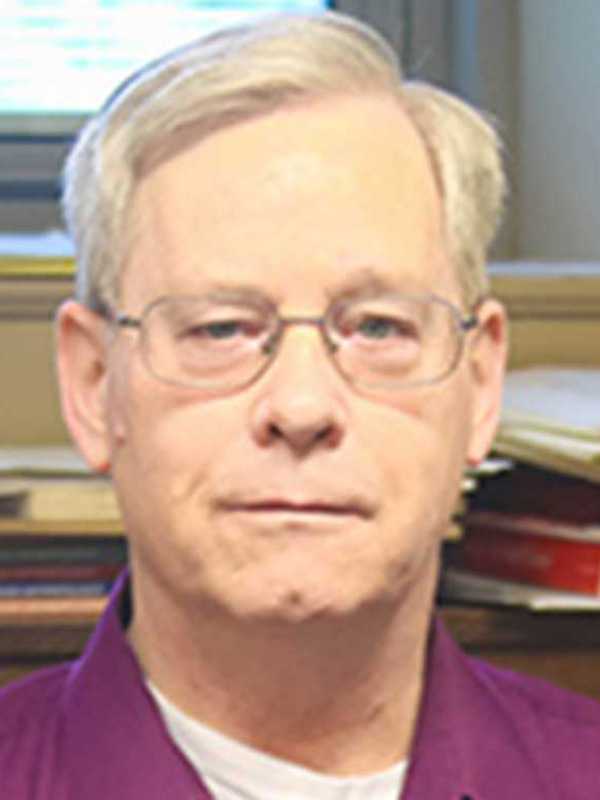Phil joined Indiana University’s Department of Anthropology in 1997 and earned tenure in 2003. In 2006 he moved half of his line into the newly formed Department of Second Language Studies, which he played an instrumental role in founding. Even after the move, Phil could always be counted on to show up, speak his mind, and participate enthusiastically in Anthropology Department activities. During his IU career, he also worked closely with students and colleagues at AISRI (the IU American Indian Studies Research Institute) and the editorial team of the journal Anthropological Linguistics. Phil developed and taught an important portfolio of courses on topics ranging from historical linguistics to language and intolerance. One of his most popular undergraduate courses was a semester-long exploration of the lives and histories of the native peoples of Indiana. He also provided much-needed training in rigorous linguistic analysis for IU doctoral students in several different departments.
Phil was born and raised in South Burlington, Vermont. He discovered linguistics at MIT in the early 1970s, at a time when only graduate courses in Linguistics were offered there. Undeterred, he signed up for David Perlmutter’s graduate level “Introduction to Syntax” and fell in love with the field. After earning his bachelor’s degree in 1974 he immediately enrolled in MIT’s doctoral program in Linguistics. There he studied under Charles Hale, a renowned field linguist and early advocate for a significantly more collaborative approach to the documentation and analysis of Native North American and other understudied, endangered languages around the world. He was also invited to work with Harvard professor Karl Teeter, who first introduced him to Maliseet-Passamaquoddy.
In 1976 he began developing a Passamaquoddy dictionary consisting of several thousand entrees that was published in 1984. This effort fed directly into a community-based project that now boasts over 20,000 entries in its online dictionary database, as well as a rich collection of sound and video files. Interested readers can find it here. Phil’s doctoral dissertation research focused on Passamaquoddy’s sound system and was published by Garland Press in 1993 under the title Accent and Syllable Structure in Passamaquoddy. Since then, most of his scholarly production has been in two areas: Maliseet-Passamaquoddy syntax and the collection and translation of Maliseet-Passamaquoddy texts. Under the former heading, his article “Problems for the Pronominal Argument Hypothesis in Maliseet-Passamaquoddy,” which was published in the flagship journal Language in 2006, is one of his most cited and important pieces. Phil’s most recent journal article analyses Passamaquoddy’s denominal verbs of acquiring (e.g. ‘blueberry-picking’) further emphasizes the challenges that a language like Passamaquoddy poses for mainstream linguistic theories.
When it comes to his work on preserving the oral history and verbal artistry of the Maliseet-Passamaquoddy people, we must highlight his book Tales from Maliseet Country: The Maliseet Texts of Karl V. Teeter (2007, University of Nebraska Press). This was a true labor of love. Phil took a set of tape-recordings made by Karl Teeter in 1963 of various elders who were born before 1900 or around that time, painstakingly transcribed them, translated them, and provided nuanced commentary and context. You can also read and listen to a number of these texts (as well as recordings in other Algonquian languages) on Phil’s personal website. After retirement, Phil plans to continue working on a second text collection that is based on recordings made in the 1970s by the anthropologist László Szabó and to continue visiting his collaborators in Maine and New Brunswick as often as possible.

 The College of Arts
The College of Arts